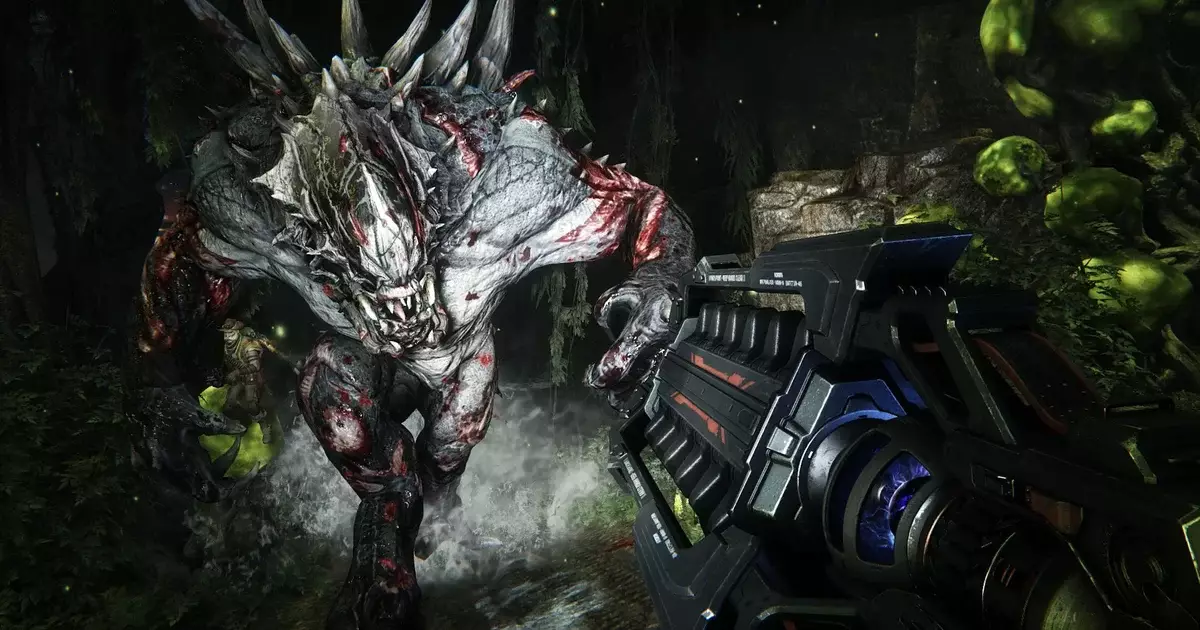Evolve, developed by Turtle Rock Studios, initially teased a revolutionary approach to multiplayer gaming—a tense, asymmetric experience pitting a single formidable predator against a squad of skilled hunters. At its core, the game offered the thrill of asymmetry, combining high-speed alien morphing with cooperative firefights, promising players a fresh blend of strategy and chaos. Yet, beneath this enticing foundation lay a gameplay structure fatally compromised by an overbearing pay-to-progress system, an insidious grind, and relentless monetization. These design flaws not only dulled its initial spark but also stigmatized the franchise, condemning it to a slow decay and eventual delisting.
Despite such setbacks, the game’s core mechanics and creative potential hinted at a much brighter future—one that could have elevated multiplayer horror beyond its current boundaries. Unfortunately, corporate priorities and a relentless pursuit of monetization overshadowed this promise, leaving fans to mourn a concept that felt closer to innovation than to market capitalism.
Unfulfilled Potential and the Dream of a Sequel
Behind the scenes, Turtle Rock was already dreaming bigger. An intriguing glimpse into what might have been emerges from concept art and industry whispers: plans for an Evolve II that could have reshaped the genre. According to a former senior concept artist, TJ Frame, the sequel was in pre-production but ultimately discarded after only a few months.
This canceled project was envisioned as a more structured, narrative-driven experience, contrasting sharply with the original’s “horror sandbox” feel. The ideas floated included a massive asteroid mining installation called “The Akhenaten,” postulating a unique setting filled with industrial grandeur and bleak, oppressive atmospheres reminiscent of *Dead Space’s* USG Ishimura. The premise was to provide a more linear, mission-based experience—an approach that would have brought clarity and progression not seen in the original chaos of unlocks and grind.
What makes this revelation compelling is that it underscores a fundamental tension: Turtle Rock seemingly wanted to craft a more cohesive, story-oriented multiplayer universe, aligning with the horror themes they intended from the start. Instead, external commercial pressures and the game’s rocky launch seemed to steer them away from that vision, opting instead for a model that prioritized microtransactions over meaningful content.
Art and Atmosphere: The Visionary State of Evolve 2
The concept art that survives of Evolve 2 paints a picture of a game markedly different from the original, emphasizing alien brutality and oppressive environments. One East Asian-inspired map, “Scraptown” or “Slagtown,” suggests a gritty, industrial zone, adding to the game’s darker tone. But what truly stands out is the overarching theme—images evoke imagery of parasitic insects and grotesque predation, hinting at a universe ripe for horror exploration.
This leitmotif of “beast as nightmare” reflects a desire to push the envelope of creature design and environmental storytelling. The designs depict sprawling, alien landscapes where survival hinges on both strategy and nerve, promising a visceral experience that was ultimately never realized. The artistic ambition suggests that the developers envisioned a transition from a loosely organized multiplayer arena to a more narrative-focused adventure, blending terror and science fiction.
What Could Have Been: A Franchise Reimagined
Given the strong concepts and artistic directions, it’s tempting to imagine what a truly dedicated sequel might have achieved. A game that focused on linear, mission-based gameplay while maintaining the core asymmetry could have rejuvenated the genre, embedding horror elements into intricate environments teeming with alien menace. A narrative that emphasizes the consequences of human curiosity and greed—embodied by the asteroid mining context—would have added depth and weight to multiplayer sessions, transforming them into episodes of a larger story.
Furthermore, by leaning into atmospheric design, the sequel could have distinguished itself through immersive environments and innovations in creature design, elevating the horror experience to rival classics like *Alien* or *Dead Space*. Instead of being marred by grind and microtransactions, a focused, story-driven approach could have fostered community engagement and enduring appeal, much like a revived *Aliens vs. Predator* community server has achieved sporadically.
In reflection, Evolve’s canceled sequel remains a tantalizing what-if scenario. It exemplifies a glaring missed opportunity: what happens when innovation is sacrificed at the altar of commercial interests. Turtle Rock’s musical promise for a more focused, atmospheric, and narratively rich experience was silenced, leaving behind only concept art and memories of what could have been. Whether revived by future projects or quietly consigned to the annals of “almost greats,” the vision for Evolve 2 continues to haunt those who desire richer, more meaningful multiplayer horror experiences.

